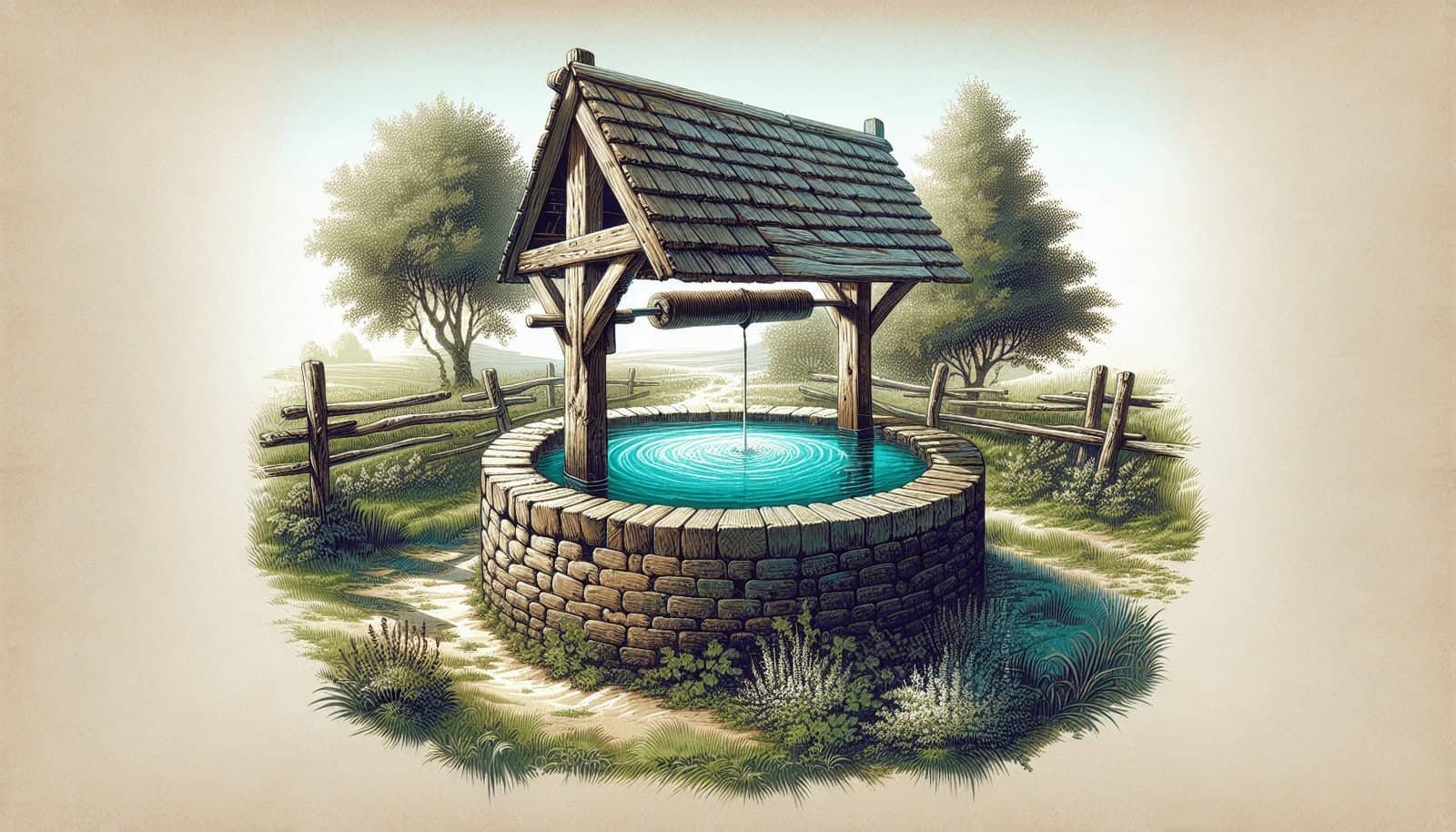Have you ever wondered how to tackle the persistent problem of sand and silt clogging up your well? These fine materials can accumulate over time, restricting water flow and potentially damaging pumping equipment. Handling this issue might seem daunting at first, but with the right knowledge and tools, it becomes a manageable task. Let’s explore effective strategies to maintain your well’s health and ensure a steady flow of clean water.

Understanding the Problem: Why Do Sand and Silt Matter?
Before diving into solutions, it’s essential to understand why sand and silt are problematic. These tiny particles can cause significant issues for well owners, ranging from reduced water pressure to damage to pumps and other essential equipment.
The Origins of Sand and Silt
Sand and silt typically enter a well from either surface runoff or the well casing itself. If the well casing is not sealed properly, it allows these particles to creep into the well. Additionally, natural geological shifts can lead to the movement of fine particles through the soil and into the well system.
Impact on Well Performance
Over time, the accumulation of sand and silt can lead to reduced water yield. These particles can clog screens, preventing water from flowing efficiently. Moreover, they can wear down pump parts, leading to costly repairs or replacements. Recognizing these impacts is the first step toward devising a robust solution.
Strategies for Removing Sand and Silt
Once you recognize the problem, the next logical step is to explore various methods to safely and effectively remove these particles from your well system. Each method has its own pros and cons, depending on factors like the severity of the problem and the resources at your disposal.
Use of Sediment Filters
Sediment filters are one of the most straightforward solutions for dealing with sand and silt. These filters are installed directly into the water supply line and act as a barrier, trapping sediment before it reaches your storage tank or household plumbing.
Types of Sediment Filters:
| Type | Description |
|---|---|
| Spin-down filters | Best for larger particles, easy to clean and reusable. |
| Cartridges | Varied pore sizes for different sediment types, need regular replacement. |
Advantages and Considerations
Sediment filters do not require electricity and are relatively easy to install. However, they do need regular maintenance, such as cleaning or replacing the filter cartridges, especially in areas with high sediment concentrations.
Utilizing Centrifugal Sand Separators
Centrifugal separators are another option, particularly useful for wells with high sand content. These devices spin the water, causing sand to settle at the bottom, which can then be manually removed from a collection chamber.
How They Work
Centrifugal separators use the principle of centrifugal force to move sand out of the water stream. The swirling motion within the device separates heavier particles, which collect in a small chamber for easy disposal.
Benefits and Challenges
These separators are highly effective in handling large quantities of sand and are relatively low-maintenance. On the downside, they can be more expensive upfront and may not be suitable for all types of wells, particularly those with low flow rates.
Implementing Airlifting Techniques
Airlifting involves injecting compressed air into the well to lift sand and silt out of the bore. This method can be highly effective, especially in deeper wells.
Step-by-Step Process
- Insert a Pipe: A narrow pipe is inserted into the well, reaching below the water level.
- Inject Air: Compressed air is fed through the pipe, creating bubbles that lift the water, sand, and silt to the surface.
- Remove Debris: The mixture of air, water, and sediment is expelled from the well, allowing for collection and disposal.
Efficiency and Limitations
Although airlifting is powerful, it requires specialized equipment and handling. It may also be overkill for minor silt problems, so consider the severity of sedimentation before opting for this method.

Long-term Solutions for Maintaining a Sediment-free Well
Removing sand and silt is just part of the solution. Implementing long-term strategies will help maintain a clean and efficient well system.
Routine Monitoring and Maintenance
Regular inspections and monitoring are critical. By keeping track of the well’s condition, you can identify issues early and take corrective action.
- Check Water Clarity: Regularly assess water clarity as an indirect measure of sediment levels.
- Schedule Professional Inspections: Engage a certified well technician for thorough inspections at least once a year.
Sealing and Grouting Improvements
Ensuring that your well is properly sealed can prevent new sediment from entering. If you discover cracks or other potential entry points, grouting them tightly can offer a significant step towards a cleaner well.
Best Practices
- Inspect Casing and Cap: Ensure that both are secure and free from any gaps.
- Utilize Professional Grouting: Engage professionals for a thorough and effective grouting job.
Aquifer and Ground Condition Management
Understanding the surrounding geological conditions can aid in predicting and managing sediment issues proactively.
Actions to Consider
- Maintain Vegetation: Vegetation around the well can stabilize the soil and reduce erosion.
- Divert Runoff: Use landscaping techniques to prevent surface water from flowing into the well area.

Environmental and Regulatory Considerations
While focusing on practical solutions, it’s also crucial to stay informed about environmental impacts and regulations.
Compliance with Local Regulations
Ensure that your sediment removal and prevention strategies comply with local water regulations. Some areas may have specific guidelines regarding well maintenance and sediment management.
Environmental Responsibility
Consider the environmental impact of your methods. For example, be mindful of how removed sediment is disposed of to avoid contamination of nearby water bodies.

Conclusion: Achieving a Sand-free Well
By applying these strategies, you can effectively manage and reduce sand and silt in your well, ensuring clean and efficient water extraction. Remember, the combination of immediate removal solutions and preventive measures will serve you best in maintaining your well’s operation over the long term. Regular inspections and adjustments based on your well’s specific conditions will help keep your water supply unhindered and safe.
Addressing sediment issues promptly not only preserves your well and equipment but also enhances your overall water quality. As you implement these measures, you will find them becoming a routine part of maintaining a robust water supply system.

